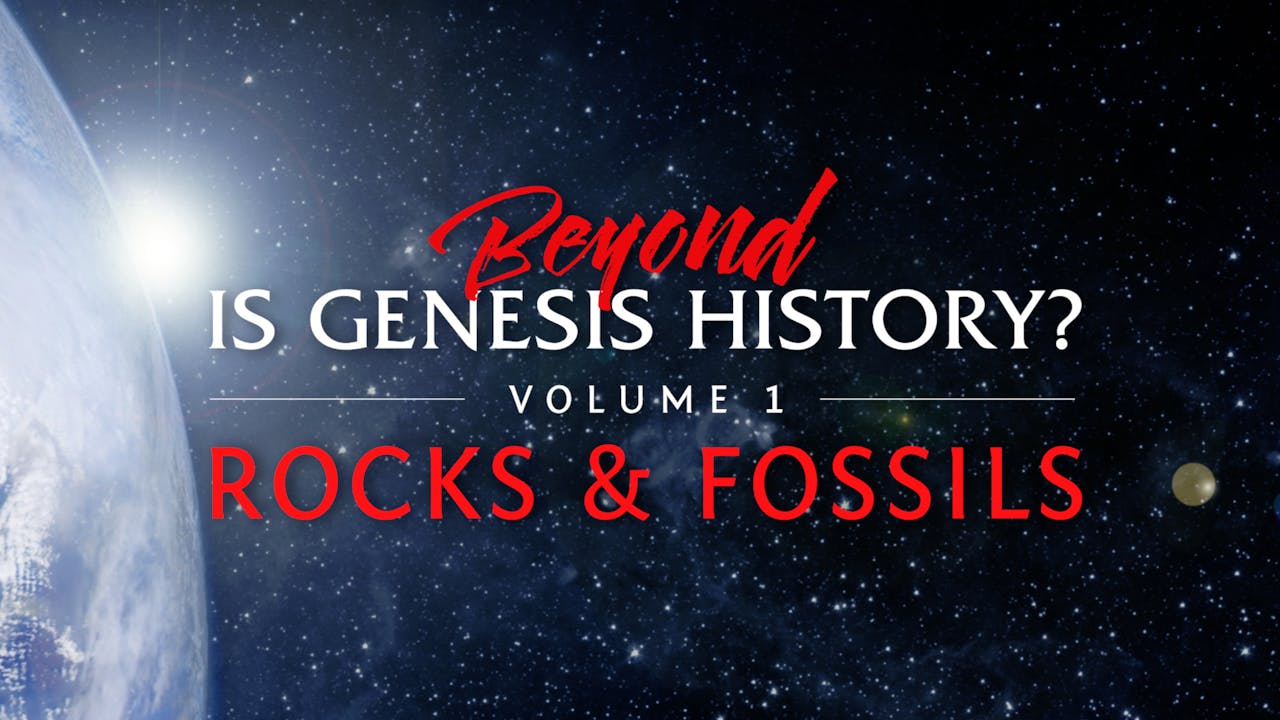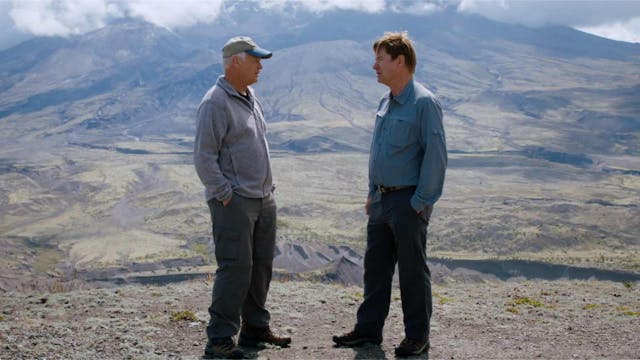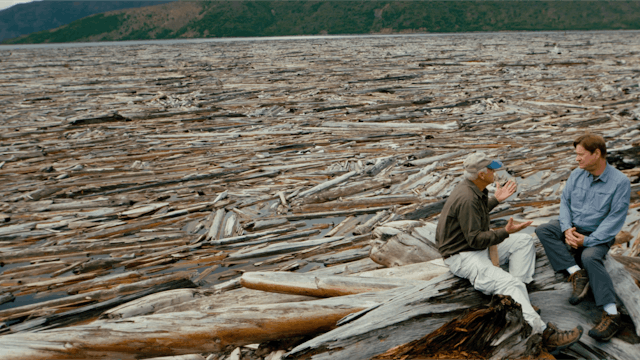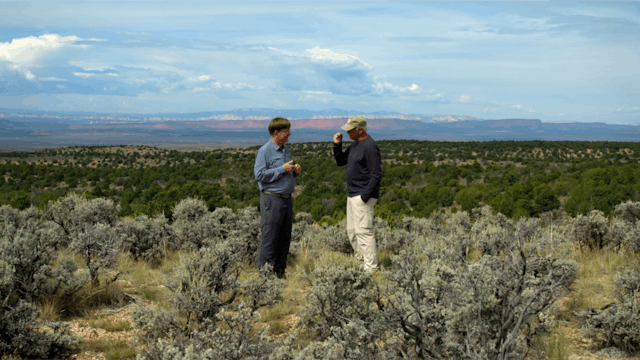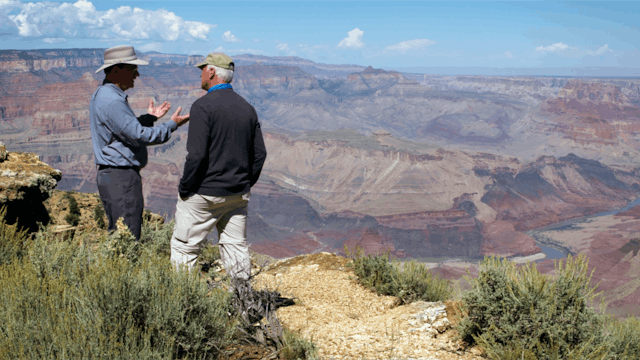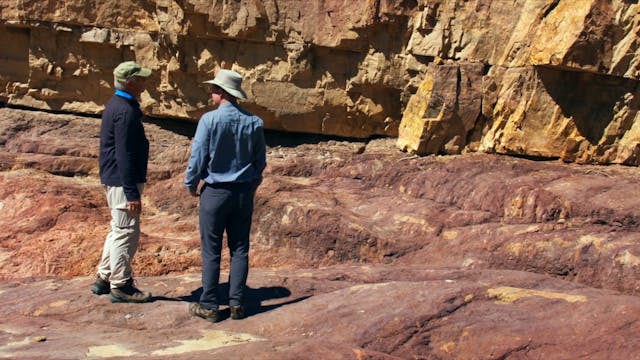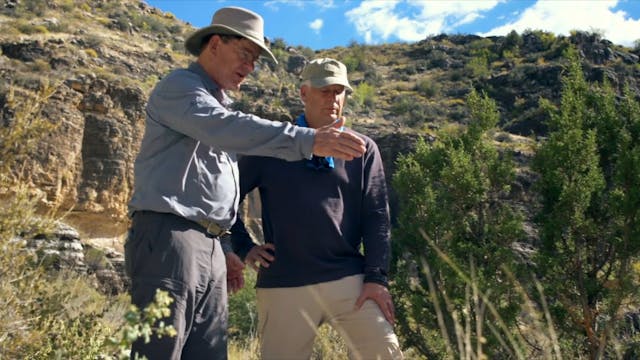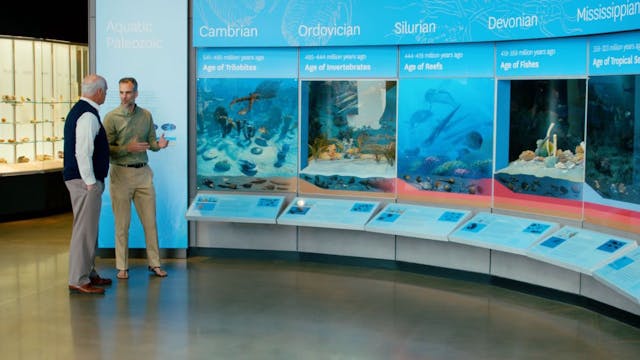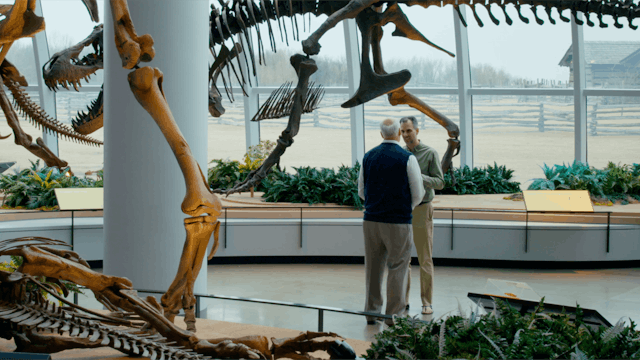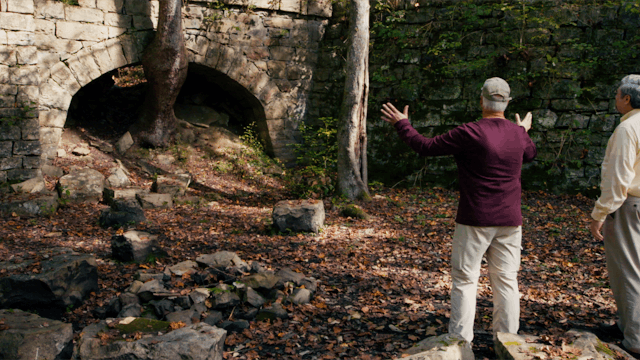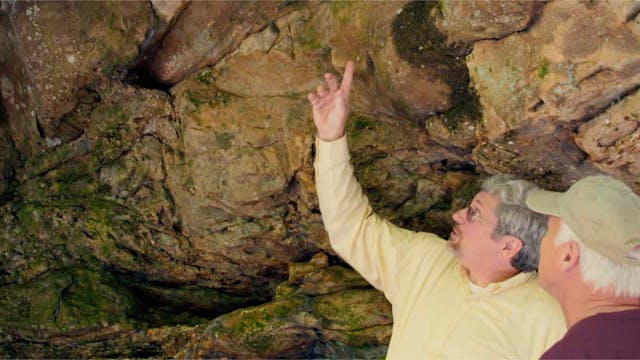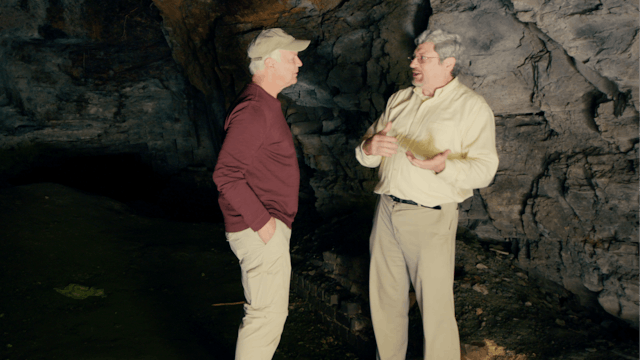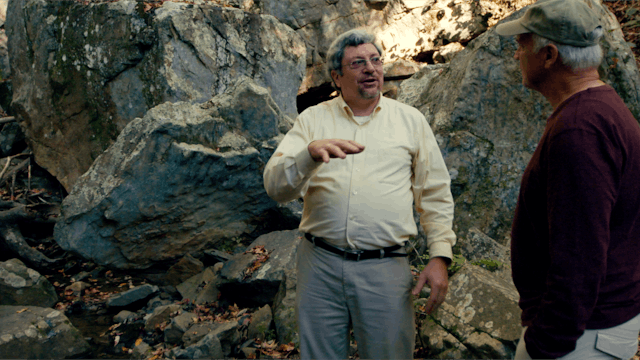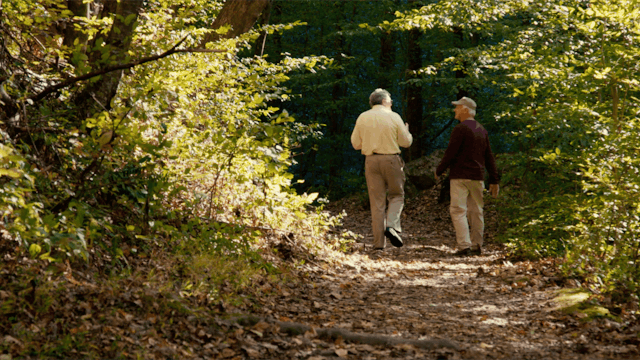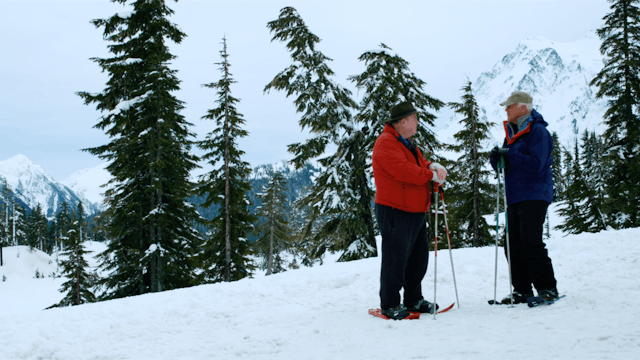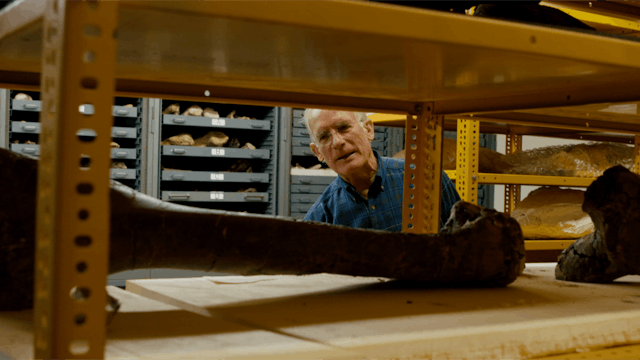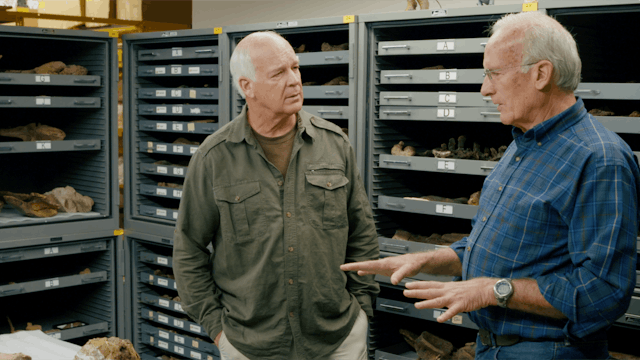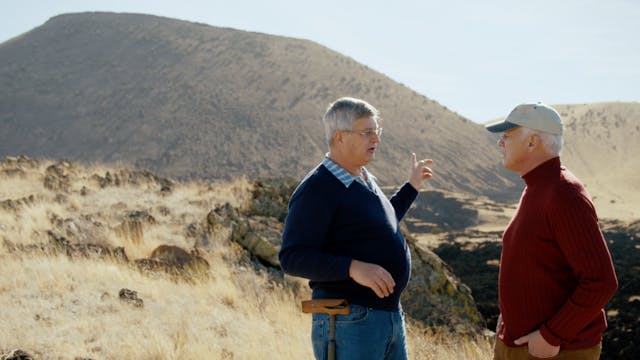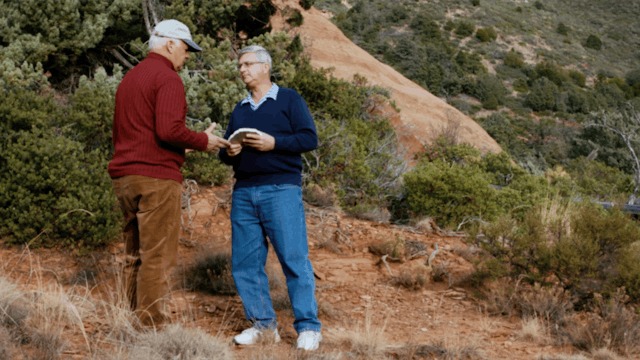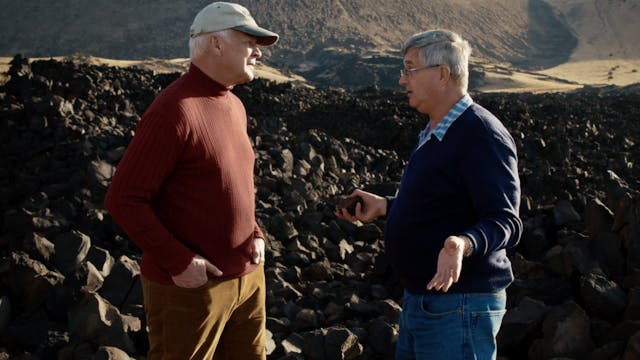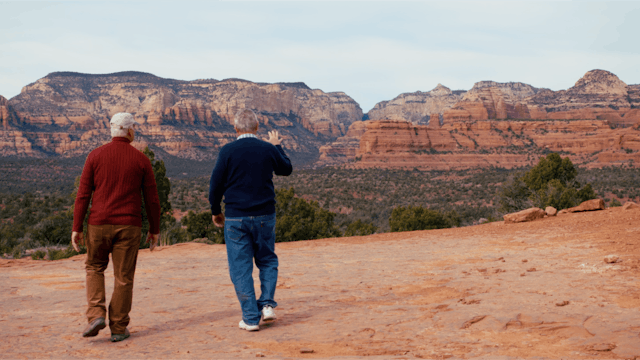Beyond Is Genesis History? Vol. 1 : Rocks & Fossils
Explore the fascinating fields of geology, paleontology, and atmospheric science. When you’ve watched the documentary film and want to learn more, this is your next step! Learn much more about the impact of the global flood on the Earth in these 20 new videos featuring scientists from the documentary.
The segments are between 18-22 minutes each and focus on specific areas of science and scholarship. They are perfect for families, churches, and students wanting to learn how Genesis explains so much of the world around us.
Featuring: Del Tackett, Steve Austin Art Chadwick, Marcus Ross, Andrew Snelling, Larry Vardiman, and Kurt Wise.
Duration: 6 hours & 40 minutes. / Videos: 20
-
1. Mount St. Helens: Catastrophic Geology
Steve Austin provides an overview of the events of the 1980 volcanic eruption and subsequent mudflows. He explains how geologic processes associated with the volcano and its aftermath can teach us about even larger catastrophic processes that occurred during the global Flood.
-
2. Spirit Lake & the Floating Log Mat
Steve Austin explains what happened at Spirit Lake during and after the eruption. Millions of trees were knocked into the lake to create a floating log mat, which in turn produced a thick layer of peat and the appearance of a stratified forest.
-
3. The Grand Staircase
Steve Austin explores part of the Grand Staircase, the thick stack of rock layers which are visible as sets of parallel cliffs above the Grand Canyon. He explains that the history of the world is best viewed through a Flood geology model as a five-step process: Sedimentation, Tectonics, Erosion, ...
-
4. Grand Canyon: Desert View & the Colorado River
Steve Austin explains the history of the rock strata from creation week to the present day, then discusses the conventional paradigm introduced by Charles Lyell and Charles Darwin. He takes Dr. Tackett to the Colorado River and talks about the catastrophic processes necessary to carve out such a ...
-
5. The Great Unconformity and Megasequences
Steve Austin explains how the rock layers making up continent-wide megasequences are best explained by fast-moving slurry deposits caused during the Flood. He discusses how rapid sedimentation leads to large-scale erosion and deposition like we see in many places throughout the world such as the ...
-
6. Nautiloid Fossils in the Grand Canyon
Steve Austin visits a spectacular fossil bed within the Redwall Limestone in the Grand Canyon. The bed contains abundant nautiloids that appear to have been killed simultaneously. He and Del Tackett finish their trip to Grand Canyon discussing how the huge layers of rocks are a memorial to God’s...
-
7. An Overview of the Rocks & Fossils
Marcus Ross gives a tour of the fossil record from the lowest Paleozoic layers up through the highest Cenozoic layers. He explains how the fossil record generally moves from deep marine creatures to terrestrial creatures, revealing how different communities were captured during the global Flood.
-
8. The Fossil Record & Design
Marcus Ross discusses how the fossil record fits with the history explained in Genesis. Abundant marine fossils on the continents and the appearance of animal trackways before body fossils are best explained by a global Flood. He then examines how design can be seen in fossil organisms, from comp...
-
9. The History of Life
Kurt Wise discusses why people can study nature without acknowledging the biblical truths of a recent creation and a global Flood. He then describes the events of the five “epochs” of earth history: the Creation, the Edenian Epoch, the Antediluvian Epoch, the Arphaxadian Epoch, and the Modern Epoch.
-
10. Evidence of the Catastrophic Past
Kurt Wise explores evidence for various catastrophic processes occurring during and after the global Flood. These include major earth movements, ancient earthquakes, and mass kill fossil deposits. Kurt shows that these fossils are evidence of a unique pre-Flood environment which was completely d...
-
11 The Rapid Formation of Coal
Kurt Wise goes into the air shaft of an old coal mine to explore the origin of coal. He explains how the conventional model of coal formation in swamps is insufficient for explaining the coal beds we actually see. He talks about research done by Steve Austin in terms of floating log mats.
-
12 The Order of the Fossils
Kurt Wise looks at plant fossils and explains how they are important to understanding the fossil record. He shows how the pre-Flood world would have had different unique biomes—such as a Floating Forest—which explain the unique order of fossils laid down during the global Flood.
-
13. After the Flood & the Nature of Science
A waterfall provides an informative location for Kurt Wise to discuss what the world was like after the Flood, from giant volcanoes, to animal dispersion, to the Ice Age. In closing, Kurt Wise and Del Tackett address why some believers doubt or refuse to accept the Genesis account of origins.
-
14. The Ice Age & Climate Change
Larry Vardiman explains how the global Flood set up the unique conditions necessary for an ice age to occur. He also discusses climate change and the reliability of ice core dating.
-
15. Exploring Fossils & Paleocurrents
Art Chadwick shows Del Tackett his collection of over 20,000 fossils gathered from Hanson Ranch. These include fossils from Triceratops, Edmontosaurus, and Nanotyrannus. Art explains how fossils are formed and how they change from the top to the bottom of the Mesozoic rock layers. He also explain...
-
16. Catastrophe & Complexity in the Fossil Record
Art Chadwick explains how various aspects of the fossil record—including dinosaur footprints, death postures, and dinosaur eggs— fit with the idea of a global Flood. He then talks about evolutionary trees and the complexity that is evident even in the fossils found in the lowest rock layers.
-
17. Radioisotope Dating 1: Overview & Radiohalos
Andrew Snelling explains the principles of radioisotope dating as well as the assumptions necessary for these methods. He explains why he thinks radioisotope decay was accelerated during the Flood and includes evidence from radiohalos and helium diffusion rates.
-
18. RadioIsotope Dating 2: Implications & Carbon-14
Andrew Snelling continues discussing radioisotope dating, including whether excess heat would be a problem for accelerated decay rates. He then examines radiocarbon dating and how Carbon-14 has been found in coal, dinosaur bones, and diamonds.
-
19. Catastrophic Plate Tectonics
Andrew Snelling explores how the scale of geologic processes, such as volcanic eruptions, was much larger in the past. He then shows how Catastrophic Plate Tectonics helps explain the geologic processes that caused the global Flood.
-
20. Evidence for a Young Earth
Dr. Andrew Snelling discusses geological evidences for a young earth, including the large extent of rock layers, a lack of significant erosion between layers, and an absence of major bioturbation within layers. The Coconino Sandstone provides abundant evidence of underwater origin. He and Del Tac...
-
BIGH 1 Guide to Rocks & Fossils.zip
3.14 MB
